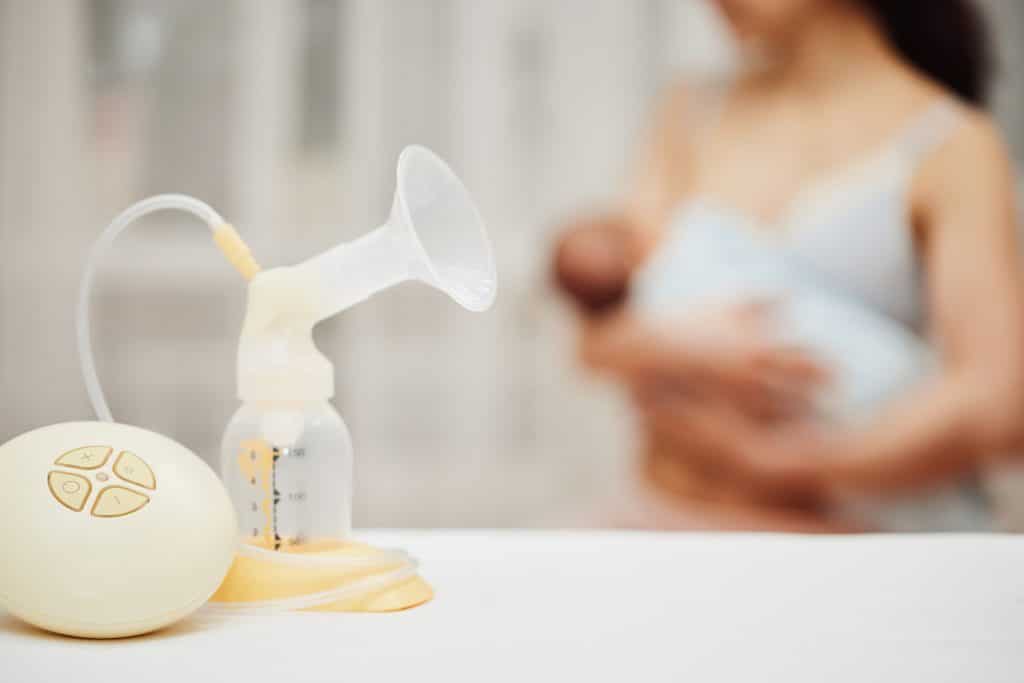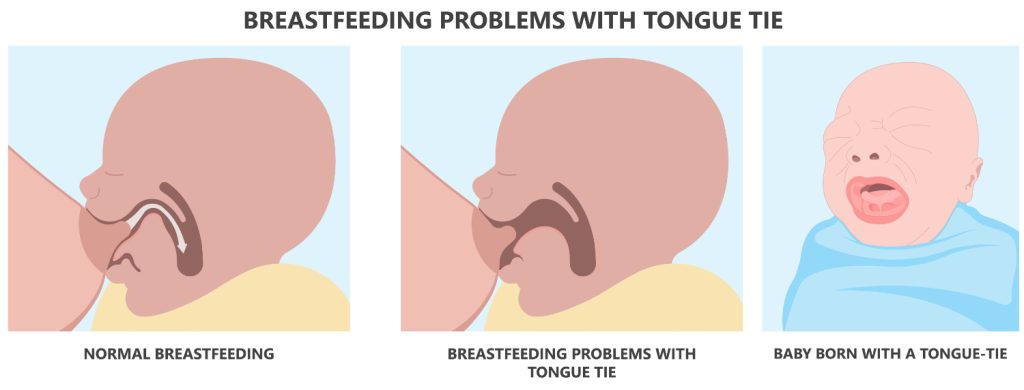Introduction
You may have noticed stingy pains on your nipples while breastfeeding your baby, which has caused you to worry while surfing the internet for answers and solutions to the pain you are experiencing while breastfeeding.
One of the most severe reasons many women quit breastfeeding earlier than desired is because of pain while breastfeeding. While some mothers may overlook these blisters and turn a blind eye to the pain they cause, others may seek answers to this breastfeeding menace and source home remedies to prevent nipple blisters.
What is a nipple blister?
A nipple blister is a bleb on the nipple that may be filled with a discharge or fluid that is transparent and pale yellow, usually benign. It has a thin wall and may look like a tiny blister, more than 6 millimeters in diameter. This nipple blister may also be referred to as a bulla.
Other blisters related to breastfeeding
Blisters that may appear on your breast or nipple have their specific names and causes. Here are some blisters you may have noticed on your breasts or nipples and what may have caused their appearance.
- Friction blisters (Blisters due to friction)
Breastfeeding mothers see these friction blisters as a very common problem and these may cause pain while breastfeeding. A friction blister forms when there is frequent and constant rubbing on the same spot of your body. During breastfeeding, friction blisters can appear on your nipples, breasts, or areola. The blister can be filled with blood fluid or clear fluid. It is known as a blood blister if it is filled with blood.
Here are some possible causes of friction blisters:
- Using a breast pump incorrectly – The incorrect use of a breast pump (equipment used by breastfeeding mothers to extract milk from their breasts) may cause damage to your breasts and irritation. When the external rim that adds strength to the pump does not hold you well, or the pump suction is set very high, friction blisters can form.
- A bad latch – if your baby is badly latched onto your breasts, this may cause damage to your nipple, breasts, and areola. A bad latch does not only affect you, the mother but also causes blisters to form on the lips of your baby.
- A poor-fitting breast shell or nipple shield – You are most likely to get friction blisters if you use nipple shields and breast shells that consistently move against your areola or nipple or the skin surrounding your breast.
- Badly fitting nursing bra – If your bra is too tight, it can apply extra pressure on the tissues of your breasts. And if your bra is extra large, it could always rub against your skin. Either and both of these situations will lead to friction blisters.

You may continue to breastfeed if you may have incurred a friction blister on your nipple, breast, or areola. A friction blister cannot cause harm to your body, but it could be hurtful and cause pain while breastfeeding. And if the blister should break open and whatever form of fluid comes out while you are breastfeeding or nursing, this could change the taste of your breast milk, and your baby might not enjoy the new taste and may stop breastfeeding.
- Milk blisters
A nipple bleb – a milk blister, is small and whitish-yellow. It looks like a pimple with a white head on the nipple, and it blocks the exit of the milk duct. It can be very painful for some women, while some might choose to overlook the pain.
The fundamental cause of milk blisters can be the excess supply of milk to the breast and insufficient emptying of the breasts. Other causes of milk blisters include the following:
- Sick or premature baby – During pregnancy and after childbirth, there is an excess milk flow in your breasts. When your baby is either sick or given birth prematurely, the baby cannot be breastfed properly, and this will lead to the storage of milk in the breasts, which can cause milk blisters.
- Excess supply of breast milk.
- Timing and scheduling periods for breastfeeding.
- A baby with a tongue tie – Babies born with tongue-tie, also known as ankyloglossia, have a frenulum that is either too short or too thick, limiting the range of motion of the tongue. Located between the tongue and the gums, the frenulum is a thin band of tissue. If the tongue isn’t able to make a seal at the front of the mouth, there won’t be any suction. When a newborn uses its lips and gums to grasp onto anything, it sets off a chain reaction of uncomfortable sensations.
When you have not gotten rid of your baby’s tongue tie, your baby will not be breastfed well and cannot then reduce the supply of milk to your breasts. Your breast milk becomes hard and thick when it is not reduced, and this stops breast milk from flowing to the opening of your nipple.

- Viruses
Viruses that cause rash can also negatively affect the breast and cause pain while breastfeeding. Examples of these viruses are listed below:
- Herpes simplex virus – Herpes injuries on your breasts may look like tiny fluid-filled blisters, red bumps, or open sores, making you experience excruciating pain or itching. This virus is harmful and endangers the life of infants. You could pass this virus to your child through breastfeeding. You should not give your baby direct contact with the sores or blisters.
- Chickenpox – Varicella is the medical term for chicken pox. Chickenpox is an infection that is highly contagious and can be transmitted through air or contact. If you come in contact with chicken pox, you can still be able to milk out your breasts for your baby to prevent your baby from coming in contact with the virus.
- Allergens
Plants like poison sumac, poison ivy, and poison oak can cause an allergic reaction in your body when you touch them. This allergic reaction may lead to a red, itchy rash raised with fluid-filled blisters. These kinds of blisters on your nipple, breast, or areola should prevent you from breastfeeding. You can still pump milk from your breast when infected with the rash. And after proper treatment, you should be able to resume normal breastfeeding.
Effective home remedies to help prevent Nipple blisters when breastfeeding
After carefully looking at the types and causes of blisters on the breast or nipple, you need to know the best preventive measures to take to prevent you from getting nipple blisters and pain while breastfeeding.
Let us look at the eight most effective home remedies to help prevent nipple blisters when breastfeeding.
- Apply saline solution: A saline solution is a mixture of salt and warm water. Add two teaspoons of Epsom salt to a bowl or cup of hot water and let it cool down a little. Lastly, immerse your nipple in it three to four times daily; your duct will gradually get unblocked.
- Massage your nipple – To release the blister, you can softly massage your nipple. While massaging, try to add more pressure behind your nipple. The best time of the day to administer the massage is after taking your shower, bath, or applying the saline solution, as this is when your skin is very soft. Ensure not to apply a lot of pressure so that you begin to feel pain.
- Consistent breastfeeding – More frequent breastfeeding stimulates your milk flow through your milk ducts. The most active way to encourage the passage of milk through your milk ducts is the action of your baby’s mouth and jaw while sucking. During breastfeeding, ensure that your baby’s mouth and chin are placed over the blister so that your baby can suck strongly around the area.
- Eating healthy – A healthy and balanced diet will help your immune system fight against some bacterial and fungal infections that may cause nipple blisters. Consume more fruits and vegetables as a nursing mother, and in addition to that, in the postnatal period, take more prenatal multivitamins.
- Nipple ointments – Ointments that soothe your nipple are available in stores or online. Creams consisting of calendula or chamomile can produce comfort when applied to your breast and nipples. These creams keep your breast and nipple areas moist and relax pain and itching.
- Apply olive oil – The application of olive oil to your breast and nipple areas keep them soft and moist throughout your day. Add a pad soaked in olive oil inside your bra, and make sure it covers your nipple. Before breastfeeding, softly wipe off your nipple. Make sure to change the oil-soaked pad twice a day.
- Reduce nipple friction – You may want to wear plastic breast or nipple shells to soak breast milk that may pour out or stretch your nipple. Wear a well-fitted breast or nipple shell and change twice daily, as failure to adhere to this may cause nipple blisters due to friction. So while making your choice of bra, choose very soft cotton pads and if you must choose plastic shells, go for the right fit.
- Pump your milk out – You can achieve this using a hospital-grade pump. The pressure exerted by the pump will allow a smooth flow of milk from your milk ducts and release any pressure or pain within your ducts.
Conclusion
Breastfeeding your baby should not be a worry or pain for you and your baby, as there are many effective home remedies to prevent nipple blisters when breastfeeding. Nipple blisters can make the whole idea of breastfeeding seem like torture. Ensure to seek urgent help for any unusual and abnormal appearances on your breasts or nipples or any pain while breastfeeding.








